When you look at the gaming industry today, Xbox is staring down a fundamental crisis that is reshaping how we think about console gaming's future. The latest quarterly earnings paint a stark picture: Xbox console sales dropped dramatically by 29% year-over-year, marking the fourth consecutive year of declining hardware revenue. This is not a temporary setback. It is a pattern that signals deeper structural problems.
The irony is hard to miss. While Microsoft reached an impressive overall revenue of $77.7 billion for the quarter, the gaming division is hemorrhaging console sales. The company is crushing it in cloud services and AI, yet it cannot get people excited about buying Xbox hardware. How did those lines cross this badly?
The Numbers Tell a Devastating Story
The scale Xbox'sx’s decline becomes clear when you zoom out. Xbox hardware revenue has now fallen in six of the last seven quarters. This is not seasonal noise or a supply blip; it looks like a sustained collapse in consumer demand.
The regional breakdowns make it even starker. In the United StateXbox'sx’s home turf, Xbox Series X|S sales plummeted to just 2.7 million units in 2024, down from around 3.8 million in 2023. A 29% drop in your strongest market is a gut punch.
European markets fell harder. In 2024, Xbox sales also dropped from 550,000 to just 290,000 units in a single year, nearly cutting tbrand'sd’s presence in half. Some estimates suggest Microsoft shipped fewer than 900,000 Xbox units globally in one recent quarter. To put that in perspective, that is less than what some successful mobile games generate in revenue per quarter.
The historical comparison stings too. The Xbox Series X|S is trailing behind the XbOne'se’s trajectory by about 19% globally at the same point in their respective lifecycles. Remember the Xbox One era, the low point that got Microsoft into hot water with always-online DRM policies and confused messaging? This generation is running behind thaPlayStation'sn’s Commanding Market Position
The competitive landscape makXbox'sx’s struggles painfully clear. PlayStation 5 currently dominates the current-generation console market with a commanding 69.9% share, while Xbox Series X|S holds just 30.1%. That is not a close race. That is Sony owning the field.
PS5 is outselling Xbox by approximately 2.5:1 globally, having moved 80.3 million units compared Xbox'sx’s 32.46 million. When you are getting beaten by more than two to one in your core market, you are flirting with existential-crisis territory.
The dominance shows up everywhere. In the US, where Xbox traditionally puts up a fight, PS5 sold 10 million units in 2024 compared Xbox'sx’s 2.7 million. In Europe, the gap widens. In Japan, PS5 outsold Xbox by a 10:1 ratio. That is not competition. That is a blowout.
The Root of the Problem: Impossible Profit Demands
Here is where the story gets really fascinating, and frankly, a bit infuriating. Microsoft CFO Amy Hood has reportedly imposed "n "accountability margin" target of 30% for the Xbox division. That target, according to reporting, far exceeds typical gaming industry margins, which usually range in the low twenties at best.
It is like asking a restaurant to keep fine-dining margins while competing with fast food on price. The games business often sells hardware at a loss to build an installed base for higher-margin software and services. That is how the model works.
The results for consumers have been brutal. Microsoft restructured Xbox Game Pass tiers and hit Ultimate subscribers with a substantial 50% price hike. The company also pushed aggressive price increases across the Xbox ecosystem, from console hardware to accessories. Even Xbox development kits have seen price increases, which shows how pervasive this margin-first approach has become.
Think about it. You are struggling with declining hardware sales, so the solution is to make everything more expensive? That is like trying to fix a traffic jam by adding more toll booths.
The Silver Lining: Services Success
Despite the hardware mess, there are bright spots Microsoft'st’s gaming strategy. Xbox content and services revenue grew by 1% year-over-year, and Game Pass has reached nearly $5 billion in annual revenue. Not bad. It is a clear validation of the services-first approachMicrosoft's’s gaming platforms now boast over 500 million monthly active users. That is more than the entire populations of the United States and Canada combined. The pivot to services and multi-platform play is resonating with players, even if they are not buying Xbox consoles.
Major titles are pulling big numbers, too. Call of Duty: Black Ops 6 attracted an estimated 50 million players and generated over 2 billion hours of engagement. Netflix-level engagement, spread across platforms.
For the first time since 202Microsoft's Xbox division actually met a performance goal that impacts executive compensation, achieving just under 15% growth in Xbox content and services revenue. This marked a turnaround after four years of missing targets tied to CEO pay. Hitting the bonus metrics matters, inside and outside the building.
Microsoft has nearly 40 new games in development, including anticipated releases that could help drive future growth. The content pipeline looks robust, even if hardware sales do not.
The Industry-Wide Implications
The broader implications Xbox'sx’s hardware decline reach beyoMicrosoft'st’s quarterly slides. We may be watching a shift in how console gaming works, and it is happening faster than most expected.
Console gaming as a whole is facing headwinds, with current-generation consoles (PS5 + Xbox Series X|S) having sold 110.68 million units in 56 months post-launch, trailing the PS4 + XbOne'se’s 121.92 million at the same point. This is not just an Xbox problem. The traditional console model is slowing.
Demographics tell their own story. Rising console prices are pushing the average gamer age higher, reaching 27.9 years in 2024, a nearly four-year increase from 2018. Higher prices are deterring younger buyers from entering the console ecosystem at all. When your base ages up and new players do not replace them, you set up a long-term declinMicrosoft'st’s strategy seems to be evolving toward a future where Xbox hardware is less central to its gaming ambitions. With Game Pass available across multiple devices and platforms, and major Xbox exclusives landing on competing consoles, the company appears to be prioritizing ecosystem reach over hardware units.
That approach makes business sense in this moment, but it raises real questions about brand identity and positioning. Can Xbox stay meaningful if it is not primarily defined by a box under the TV? Can the company maintain developer relationships and exclusive content deals if it goes platform agnostic?
The answer likely hinges on whether Microsoft can turn Xbox from a console brand into a gaming services brand, much like Netflix shifted from DVDs to streaming. The numbers suggest progress, and yet the open question remains: can that model sustain long-term growth while preserving what makes Xbox feel like Xbox?
We might be watching the beginning of the end for traditional console competition as we have known it for decades. And honestly, that might not be entirely bad for gamers, even if it feels unsettling right now.







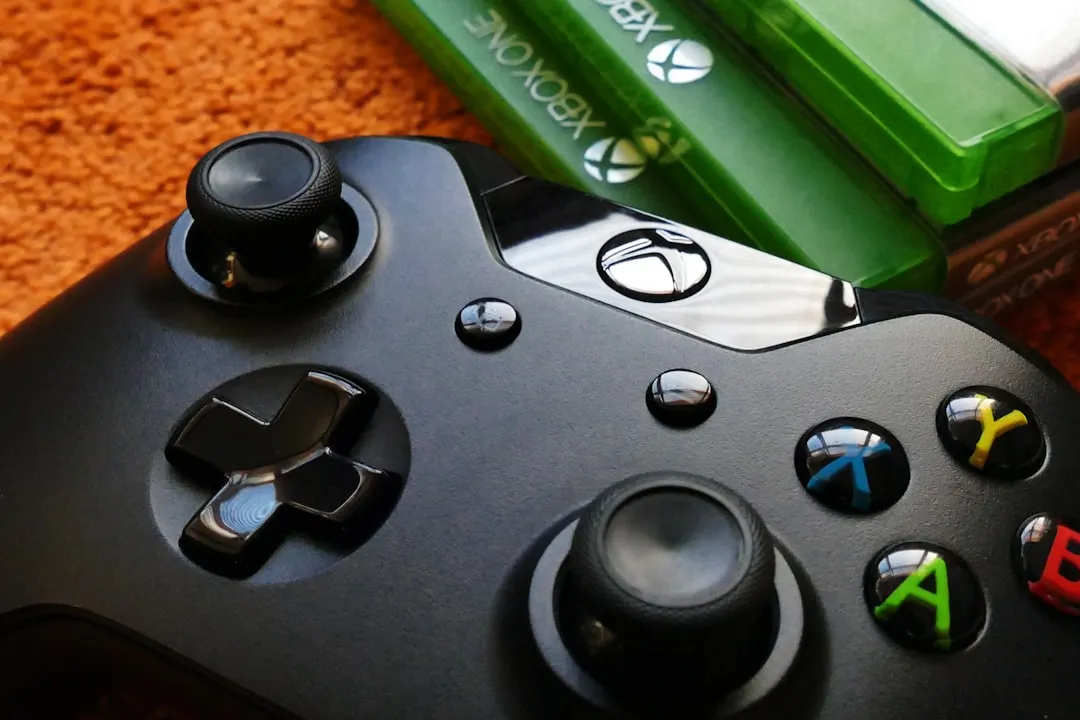
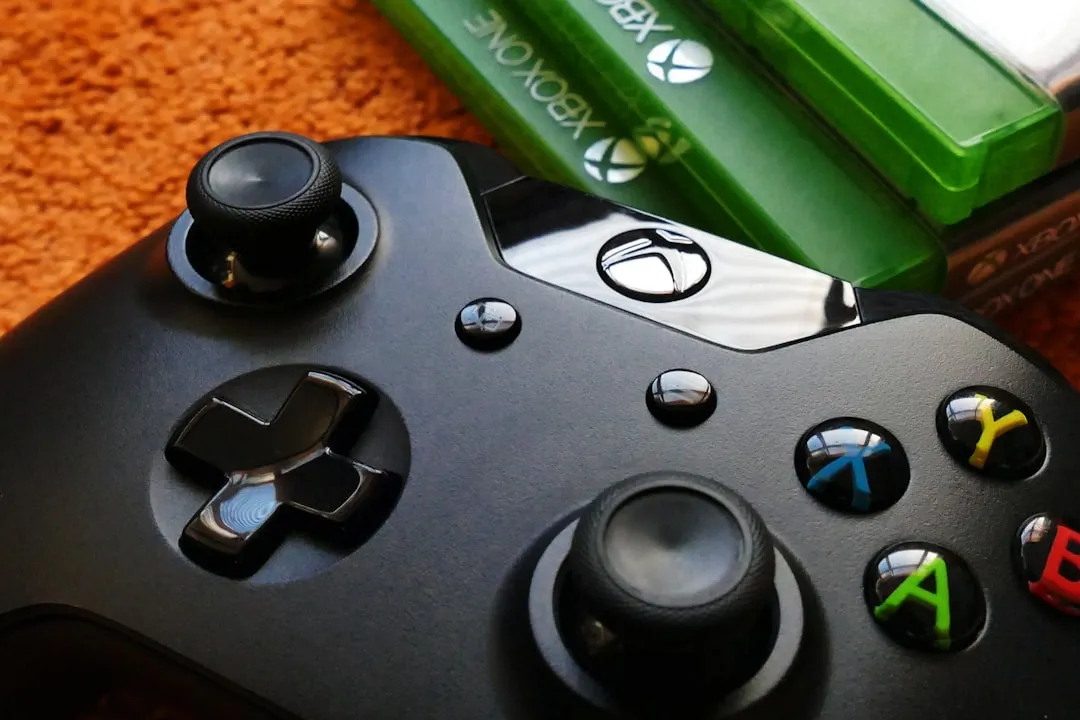

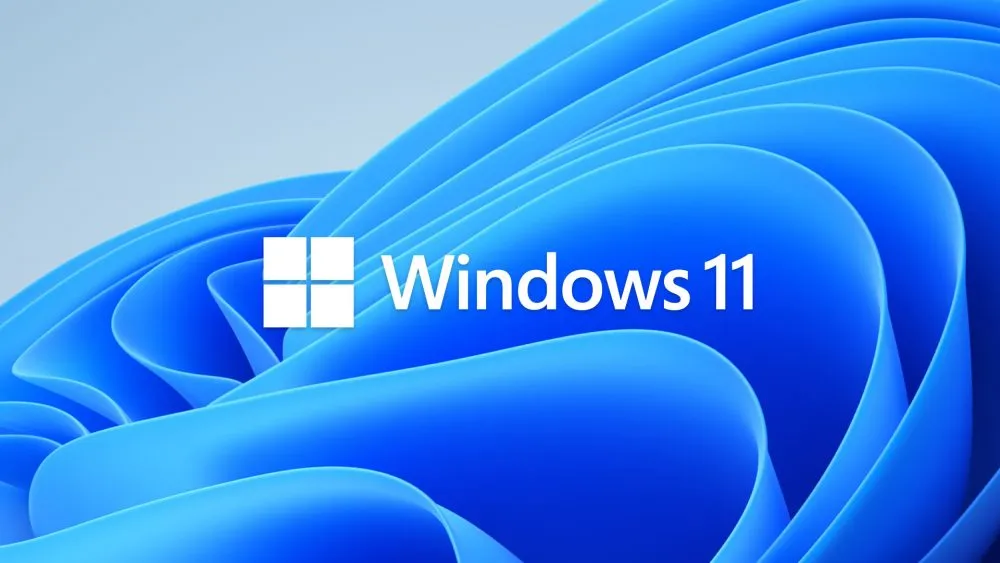
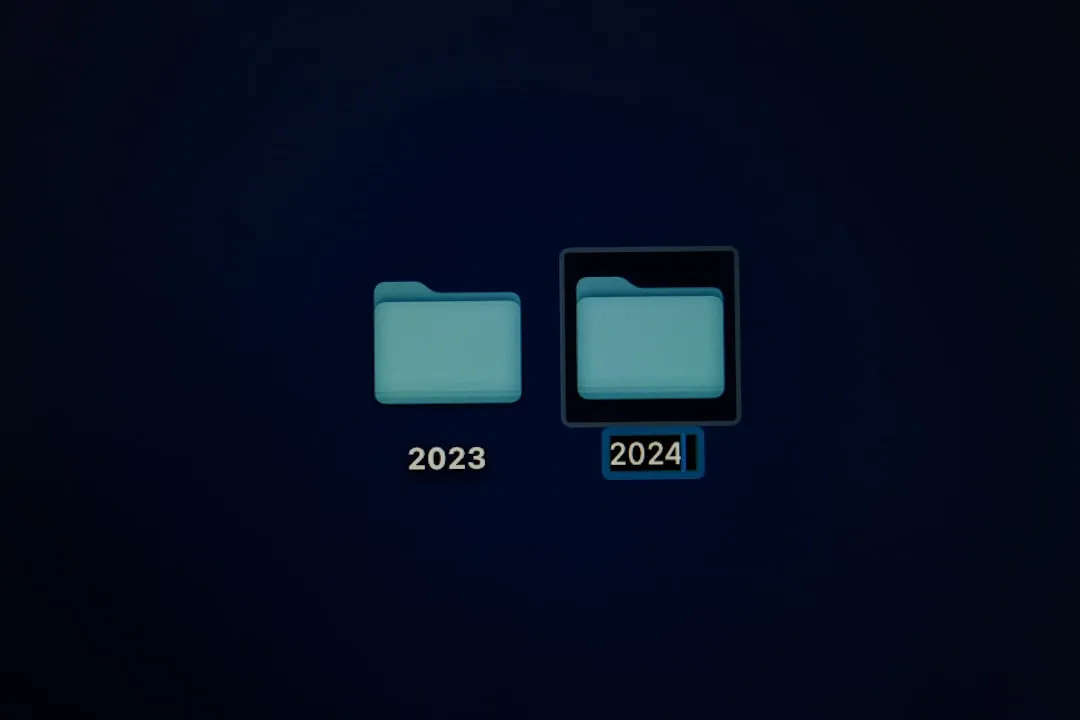
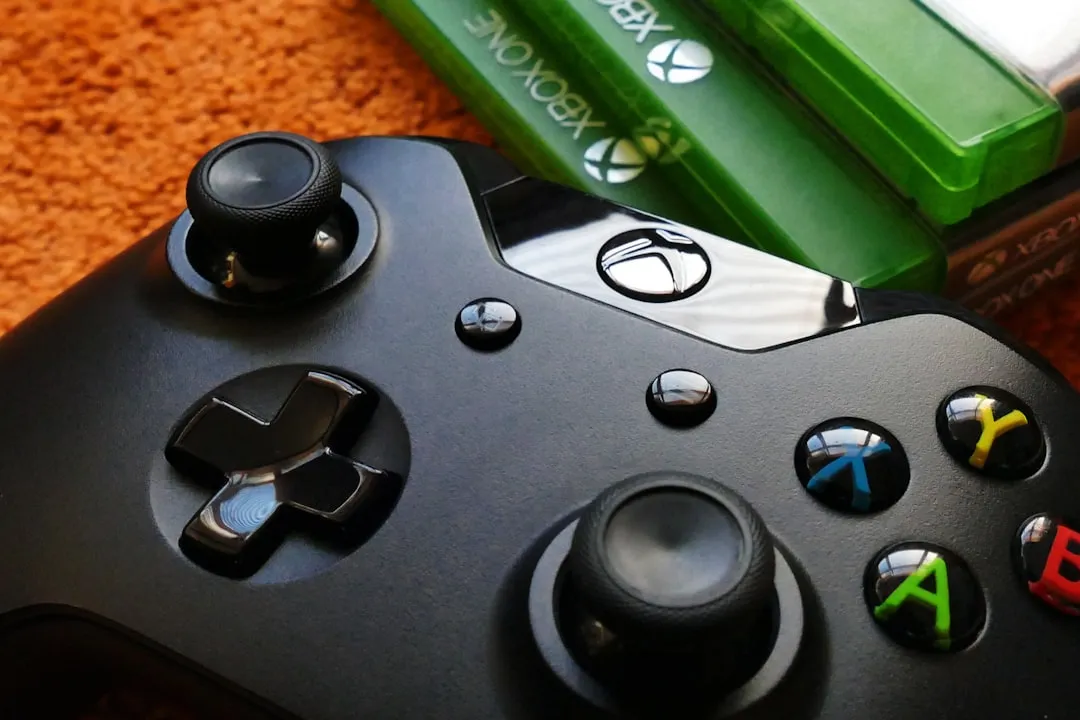
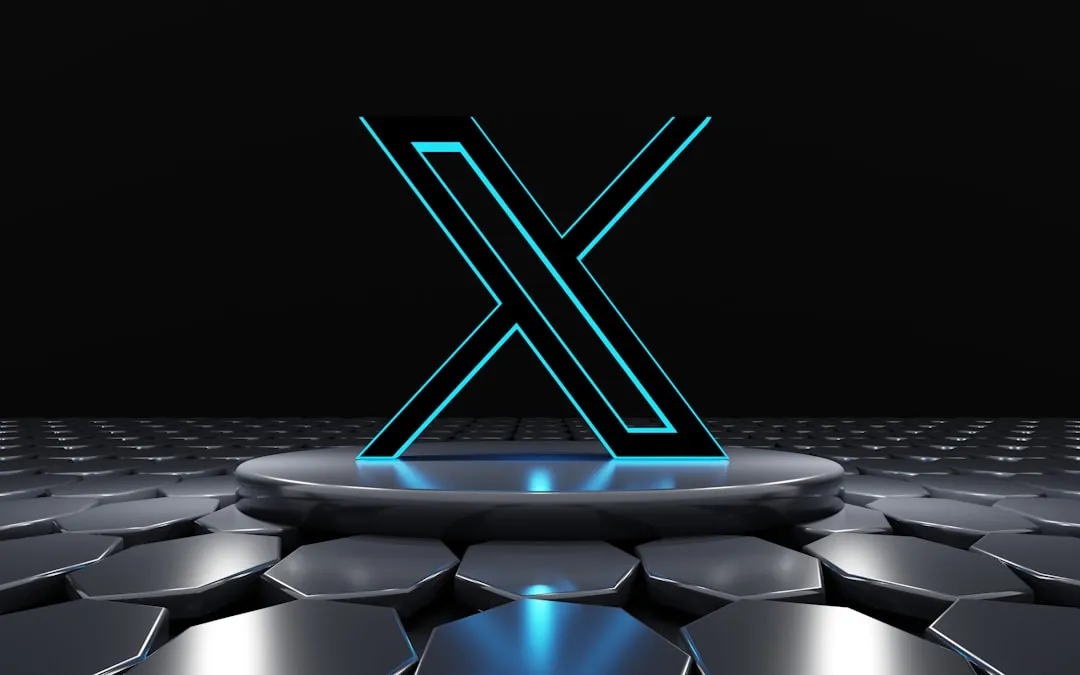
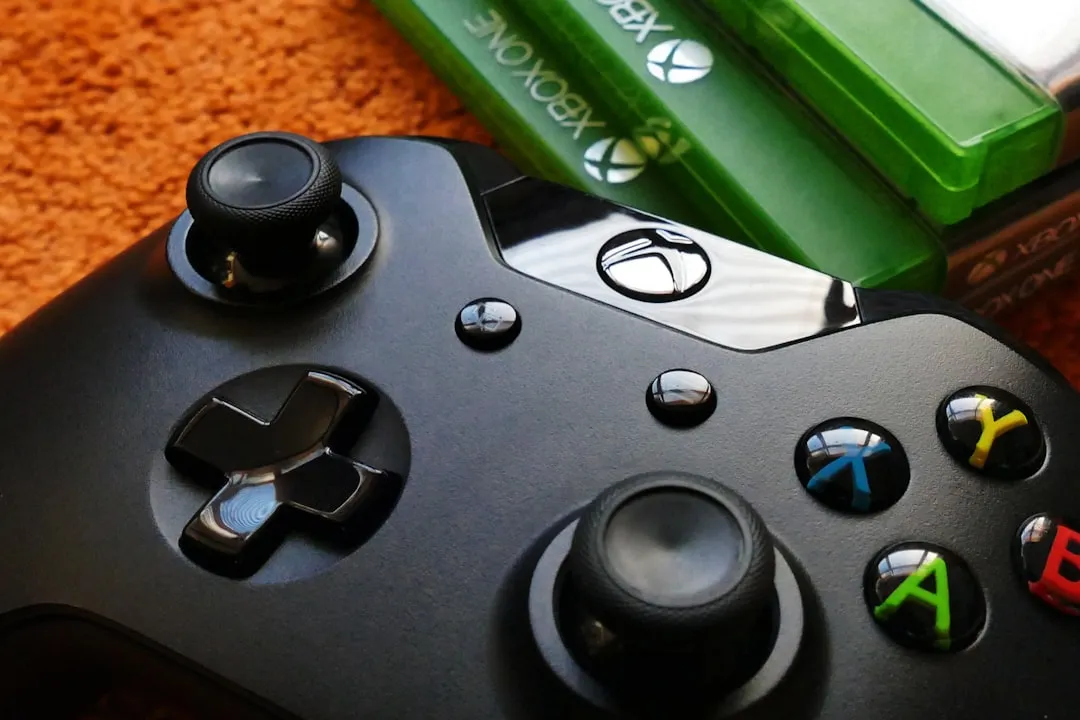

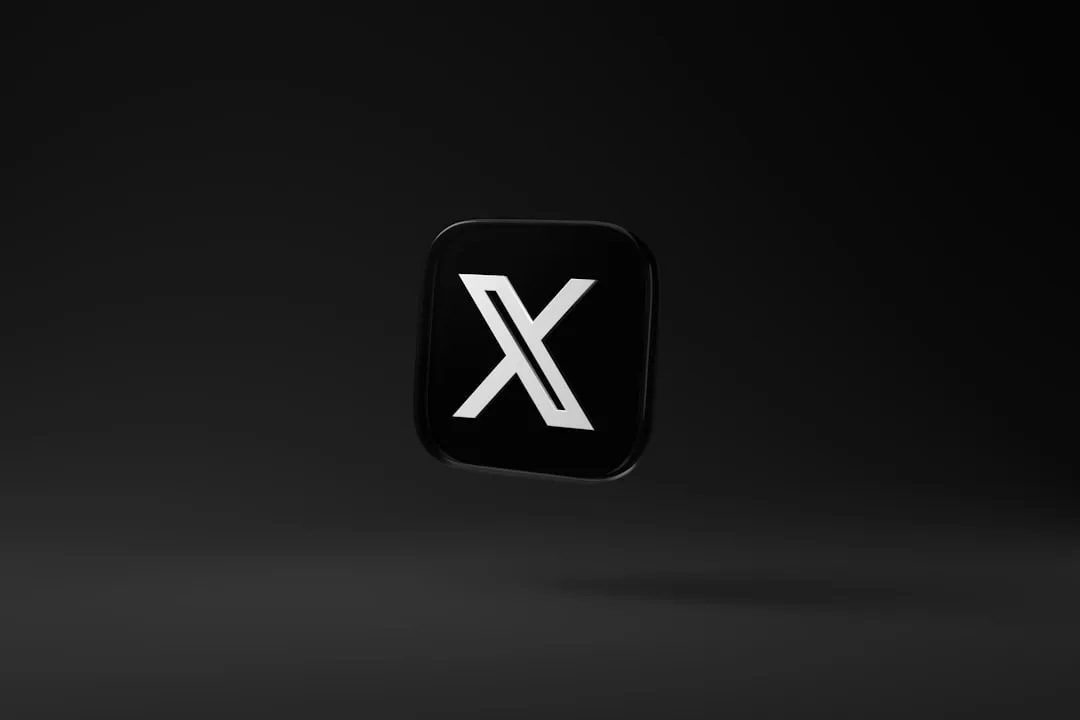
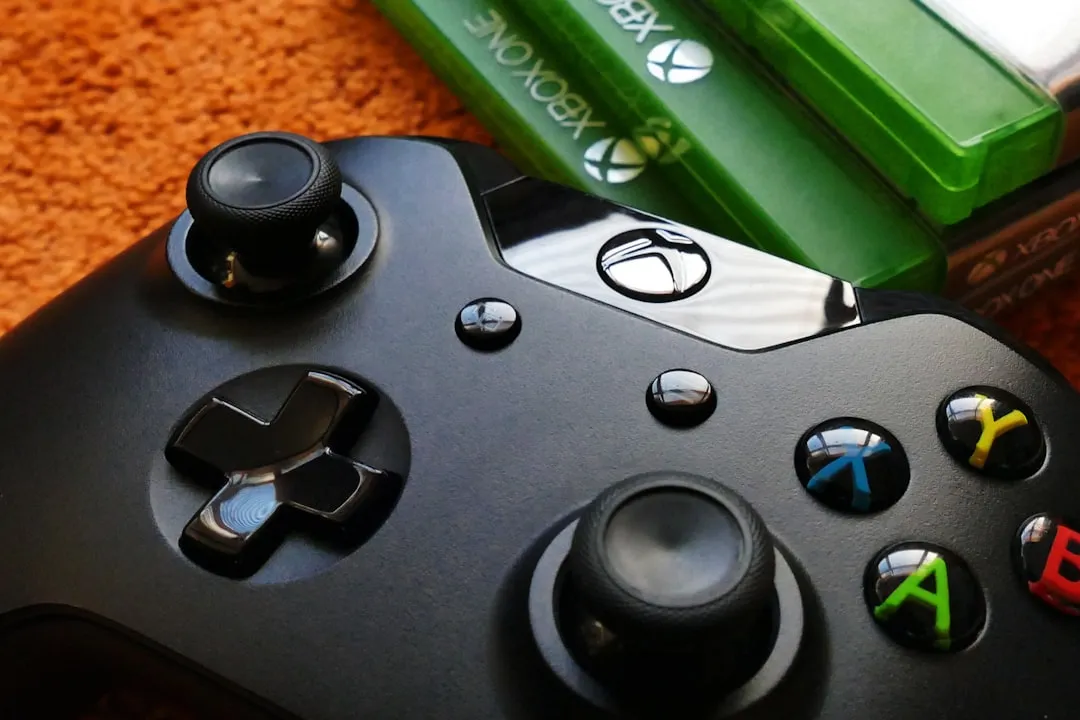
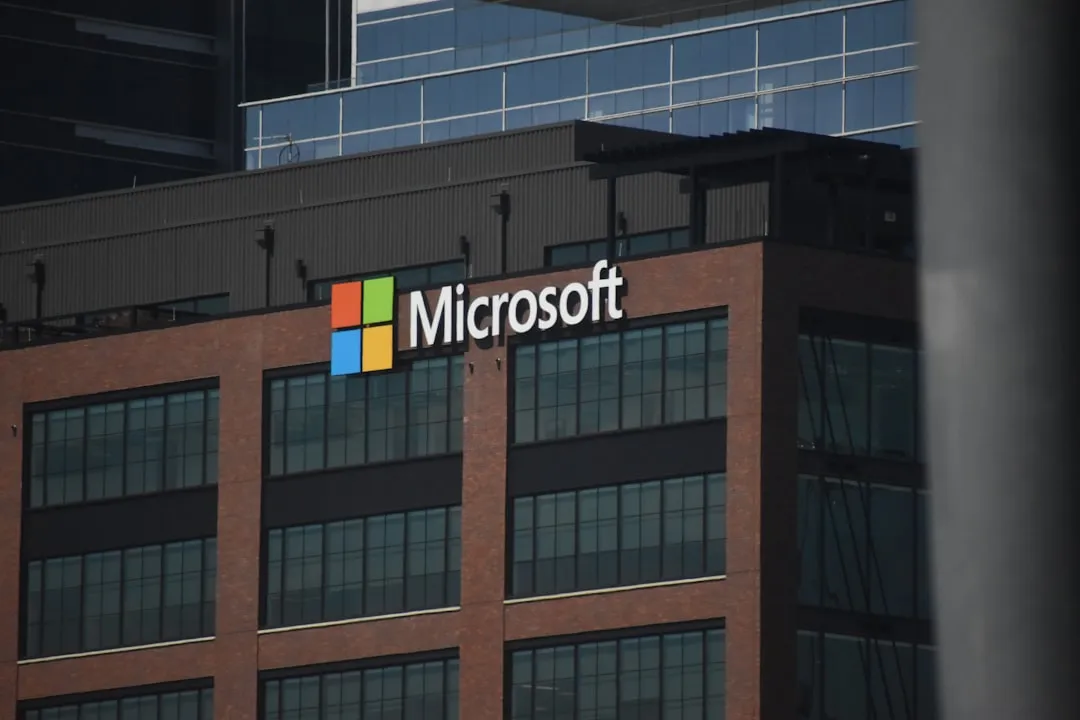

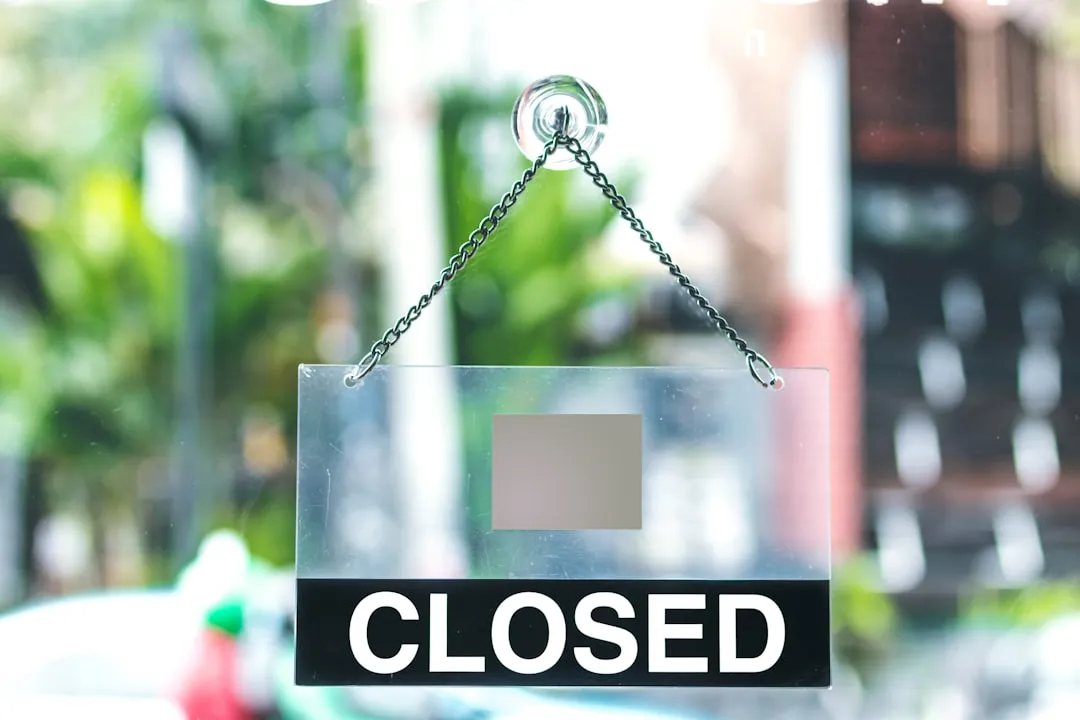

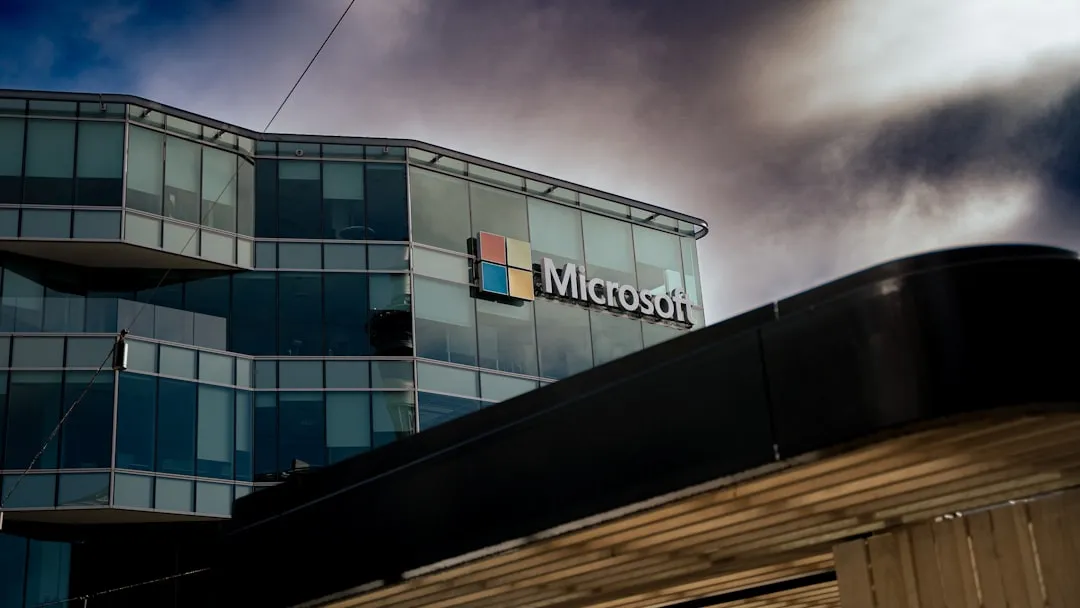
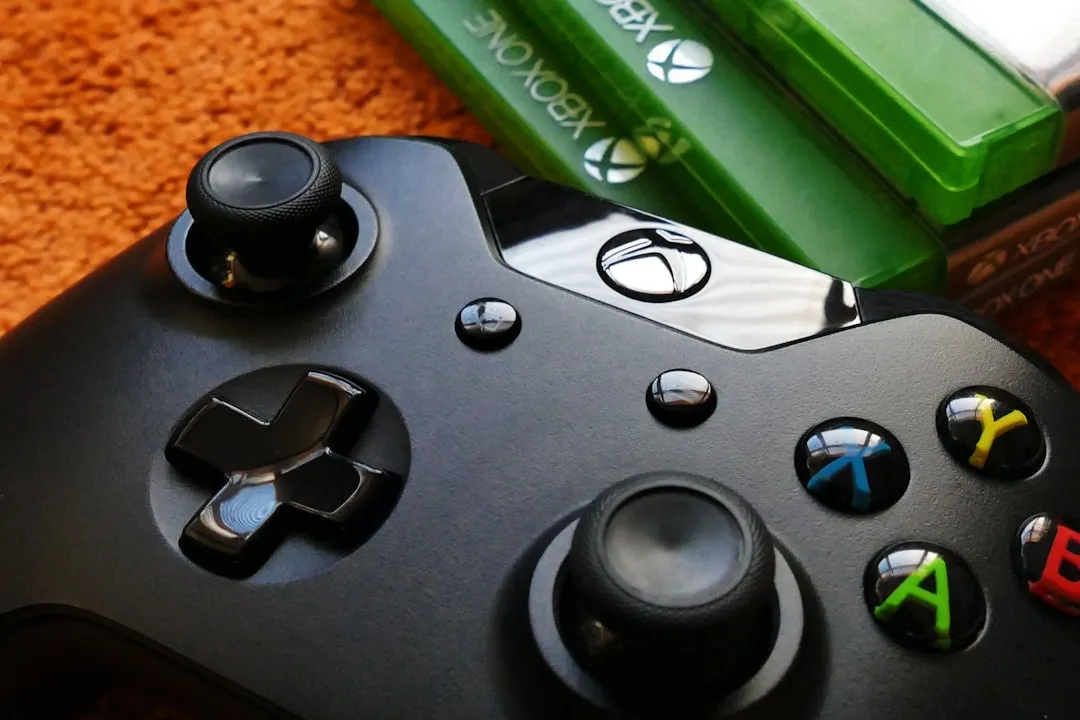

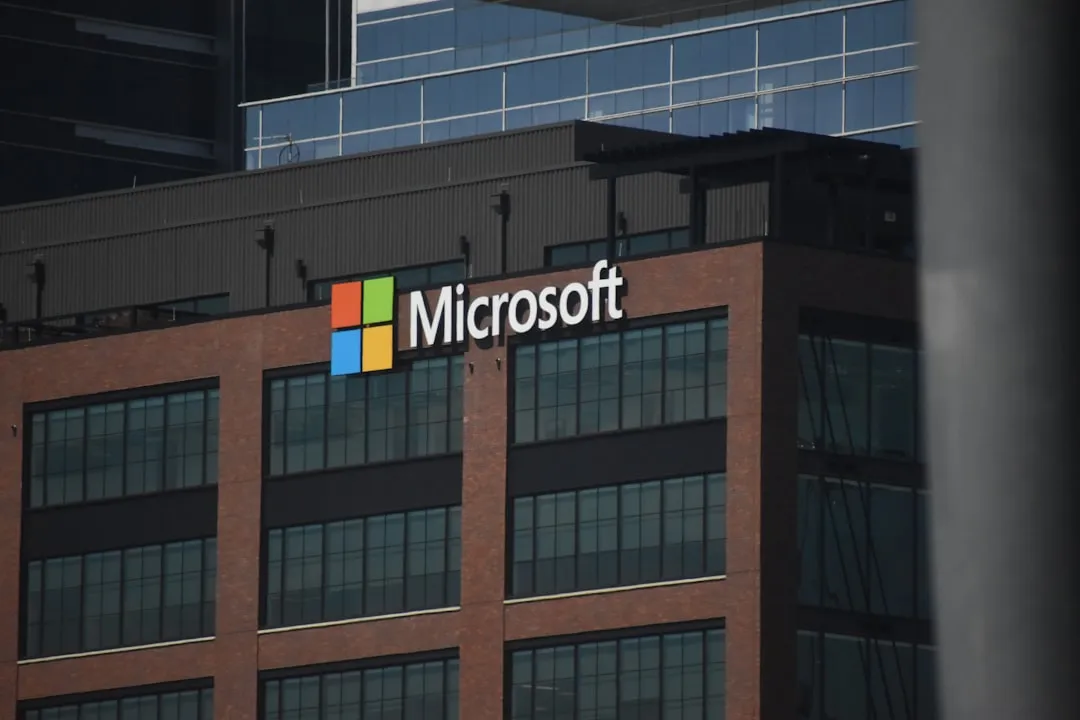
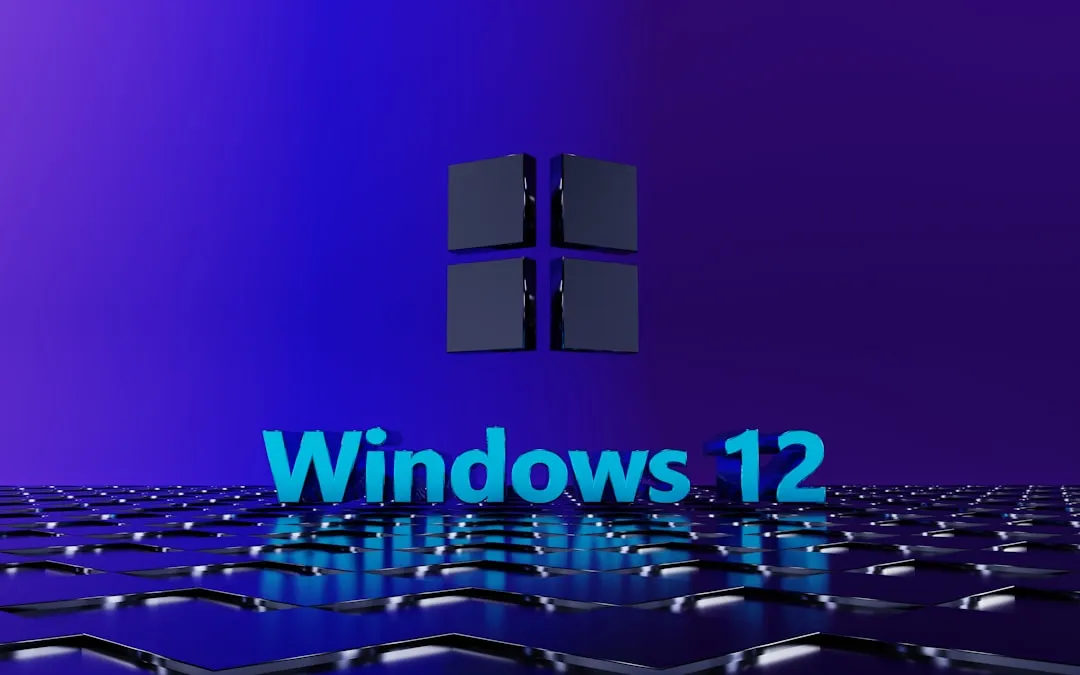
Comments
Be the first, drop a comment!